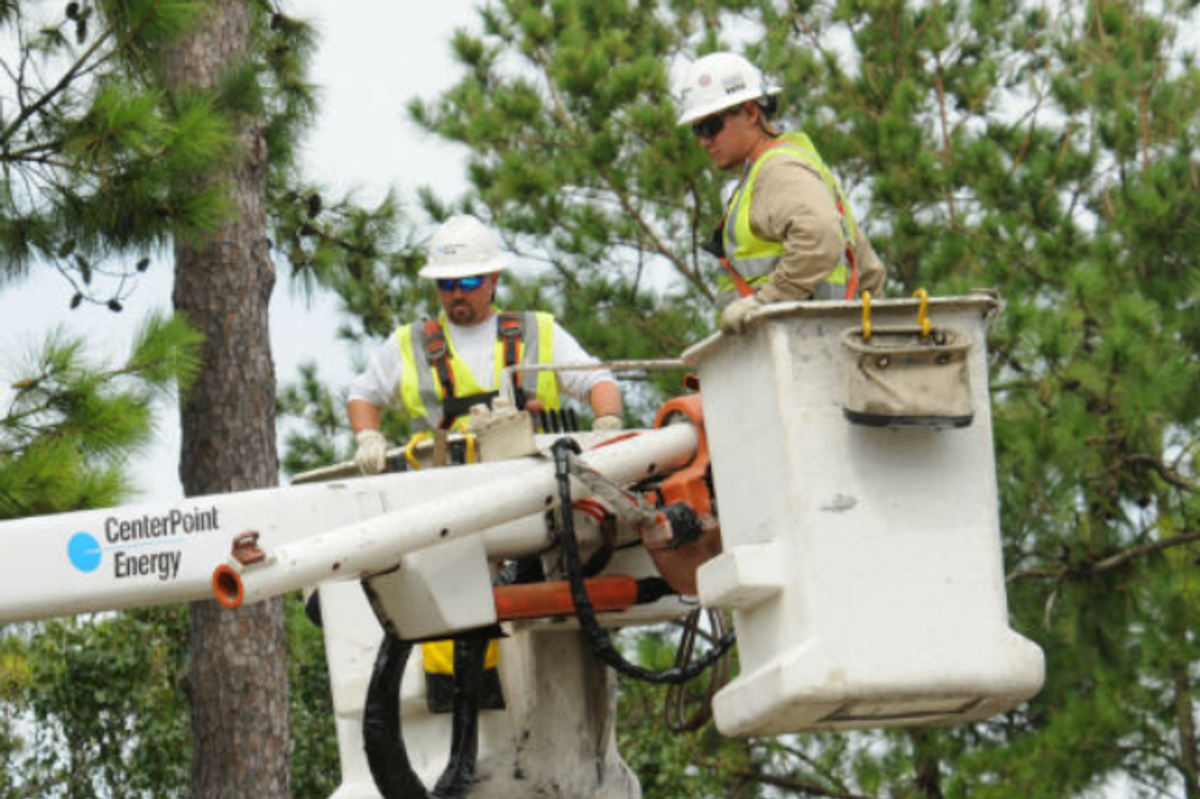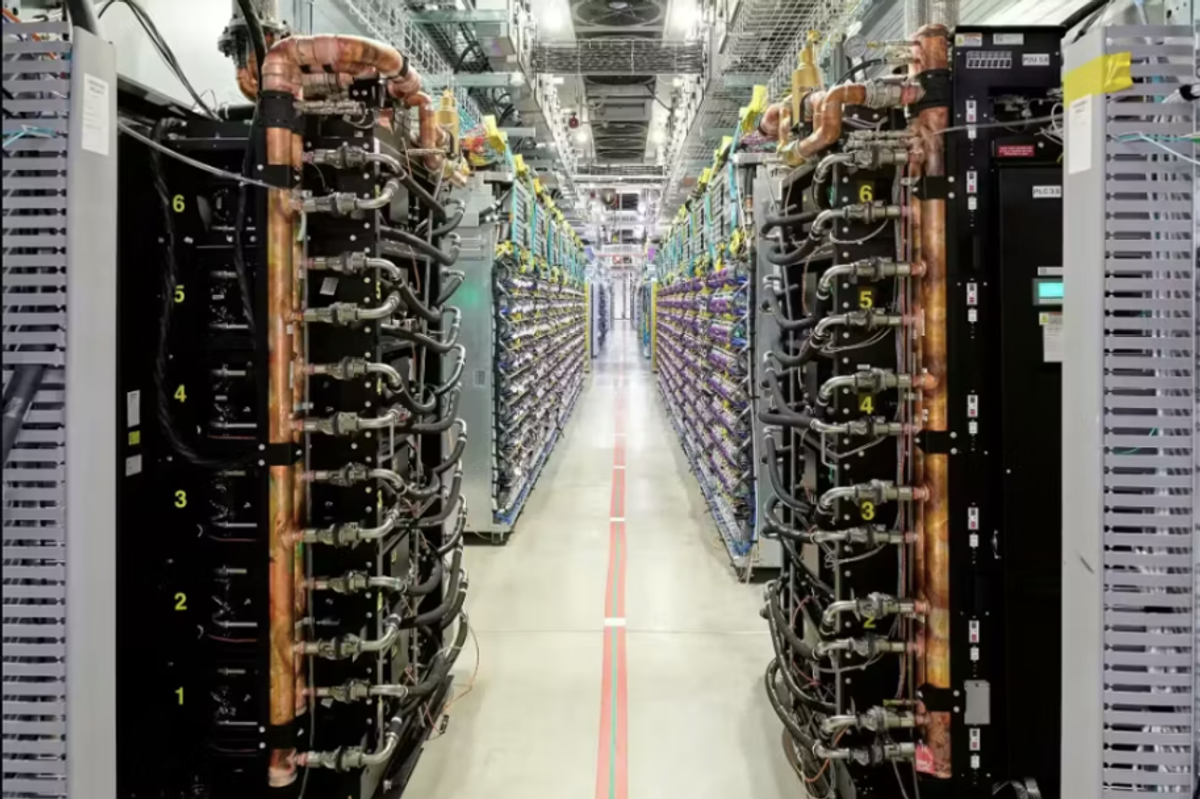Inaugural Houston challenge names winning team with plastics solution
first place
Dozens of Houston college students tackled circular economy challenges, and two came out on top by winning the top award.
University of Houston’s Energy Transition Institute hosted a challenge for students to address the issue of plastic waste and create a real-world circular economy, as over 60 students participated in the inaugural Circular Plastics Challenge.
Six finalist teams presented their solutions at the 2023 Energy Night hosted by the UH Energy Coalition with final pitches ranging from transportation emissions, renewable packaging and sustainable material, drones to limit excess packaging, and more topics aimed to reduce use.
Sarah Grace Kimberly and Emma Nicholas were the challenge winners. The team proposed using a liquid-based membrane filter inserted into household drains to combat microplastics found in common personal care products, such as makeup and hygiene items. The membrane’s function would act as a magnet, which would attract and capture microplastics from wastewater in showers and sinks. Both juniors from the C.T. Bauer College of Business also won the viewer’s choice award from their peers.
“We wanted to provide a simple solution to a growing problem,” Kimberly says in a news release. “Before we did this project, we didn’t know that microplastics existed, let alone in our makeup. I didn’t know I was basically putting plastic on my face every single day and washing it off into our drains. Because it’s an unseen problem, it’s hard to address.”
UH’s ETI is an academic research institute that focuses on advancing environmentally responsible energy efforts.
“If you look at the wide variety of proposals and approaches, you can see the complexity of the problem and all the different things that society must consider to find solutions,” ETI Founding Executive Director Joe Powell says in the release. “I think circularity in plastics and chemicals is as difficult to address as the net-zero issue within the energy sector, if not more. We have a unique opportunity here to tackle both, and it’s really great to see our students thinking ahead.
Other finalists included Wolff Center for Entrepreneurship seniors Nicolas Einarsson, Bennett Mainini, Arianna Chavarria, and Fernanda Ruelas, who secured second place with their renewable packaging company presentation titled “ShipSafe.”
Reverse Logistics — with team members Hasti Seraji, Farzane Ezzati, and Haowei Yang — earned third place for their consumer-driven reverse logistics approach to recycling packaging.










